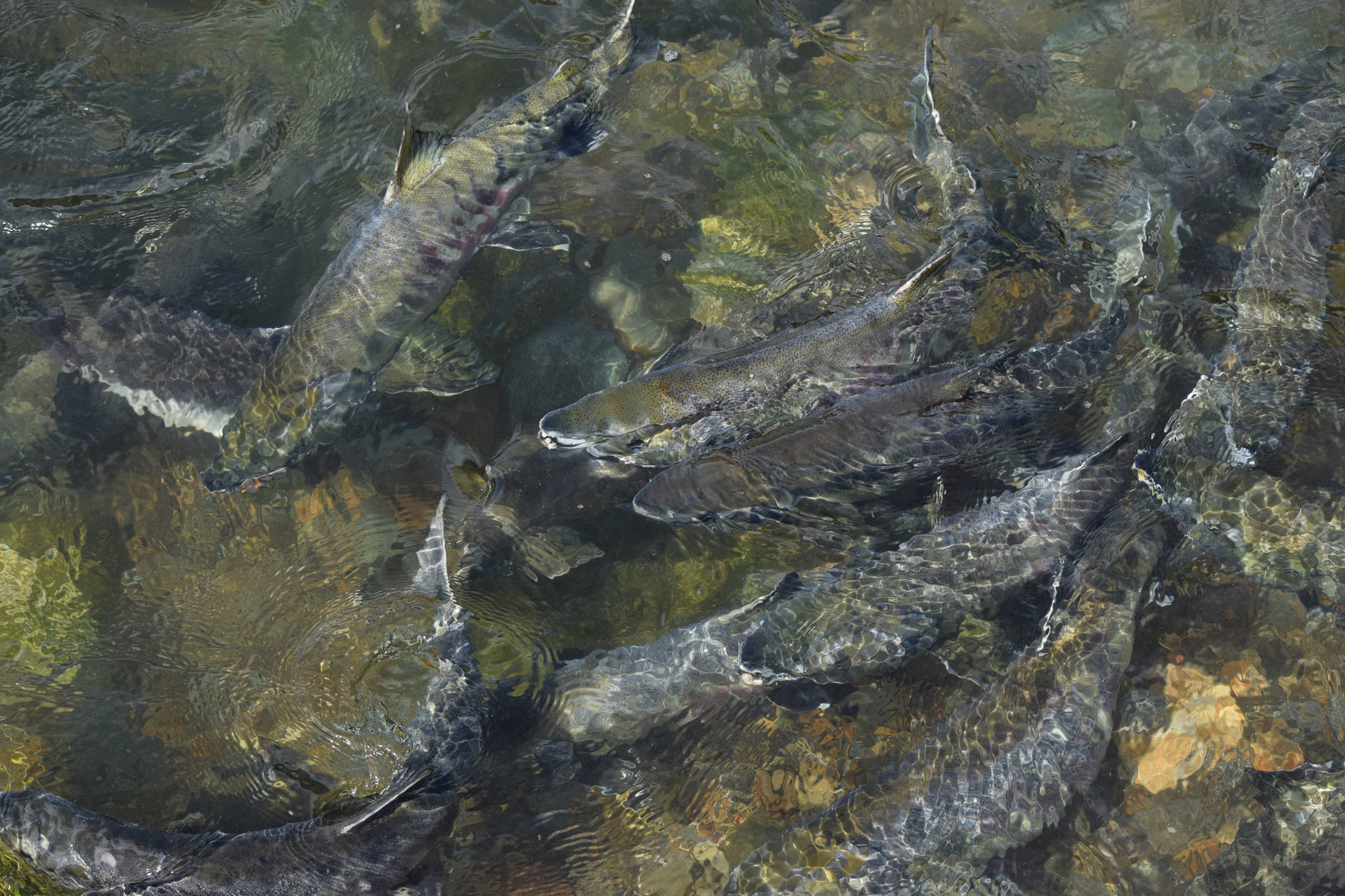There are several reasons why the international mining and oil industries are happy with the 56-year-old statute salmon habitat protection statute AS.16.05.871-896, known as the Anadromous Fish Act (AFA), and oppose the additional protection for salmon habitat provided in Ballot Measure 1. These include: the AFA doesn’t actually require the Alaska Department of Fish and Game (ADF&G) to protect salmon habitat; only a fraction of the salmon streams in Alaska receive any protection: the AFA doesn’t require public notice and comment periods for habitat permits, only the companies can appeal or litigate an ADF&G permit decision, and how much protection salmon streams receive depends on who is governor and who they appoint as commissioner of Fish and Game.
I know something about this issue because I was South Central and Southwest Fish and Game Habitat Division Regional Supervisor for 25 years. My primary responsibilities were supervising the implementation of the Anadromous Fish and Fishways Act’s and developing and maintaining the Anadromous Waters Catalog.
The Alaska AFA was based on a similar law in the state of Washington called the Hydraulic Act. The AFA was adopted in 1962 by legislators who were concerned that the once-great salmon runs in the Columbia River had dwindled to almost nothing due to habitat loss from dams, logging, mining agriculture development and water appropriations for out-of-stream uses. The choice of the Hydraulic Act as a model was unfortunate because it did not save salmon habitat in Washington.
The current standard for conserving salmon habitat in the AFA is only “proper protection of fish and wildlife.” The term “proper protection” is vague and ambiguous and does not set any definable standard for the proper protection of fish and game. In contrast Ballot Measure 1 provides definable standards. This makes it harder for an administration to trade important salmon habitat for relatively short-term nonrenewable resource development.
Under the current law only the applicant is allowed to appeal a permit decision. This is important because if you are a sport, commercial, or subsistence fisherman, or an adjacent property owner who would be harmed by a permit that would block or destroy salmon habitat, you aren’t allowed to appeal or litigate a decision. In fact, because there is no public notice requirement in the AFA, you won’t even know a decision was made before the backhoes show up.
Because the AFA has no public notice requirement, ADF&G is able to quickly issue permits. However, it also deprives the fishing public of the opportunity to object to permits that they feel would harm salmon habitat and their interest in salmon fishing. All other disposals of common property resources such as oil and timber require public notice, but not salmon habitat, even though salmon habitat produces a resource of great social and economic value.
Even if we are fortunate to have a Fish and Game commissioner who wants to protect salmon, he or she has no authority to act if the waterbody to be altered or destroyed is not specified in the Anadromous Waters Catalog (AWC). Fish and Game says on its website that only a fraction of Alaska’s anadromous fish habitat is listed in the AWC.
Dozens of retired habitat biologists, habitat regional supervisors, a division director and a commissioner, who served under governors from Bill Egan to Tony Knowles, have provided written support for Ballot Measure 1.
Alaskans who make their living fishing or live here because they love to fish should not feel defensive about supporting changes to the 56-year-old Anadromous Fish Act to address 21st century threats to salmon habitat. The commercial and sport fisheries are the largest private employers in Alaska and generate billions of dollars for the economy. Rural residents who are skeptical of Ballot Measure 1 should talk to former commercial fishermen and tribes in Washington to see how the old Washington Hydraulic Act worked out for them. Putting salmon habitat protection standards in statute will help ensure that healthy salmon runs will be around for the next 100 years and will not disappear in a generation like Washington’s once great salmon runs.
• Lance Trasky is a retired Alaska Department of Fish and Game regional supervisor with 28 years of experience implementing the current Anadromous Fish Act and its limitations in protecting salmon habitat. My Turns and Letters to the Editor represent the view of the author, not the view of the Juneau Empire.

